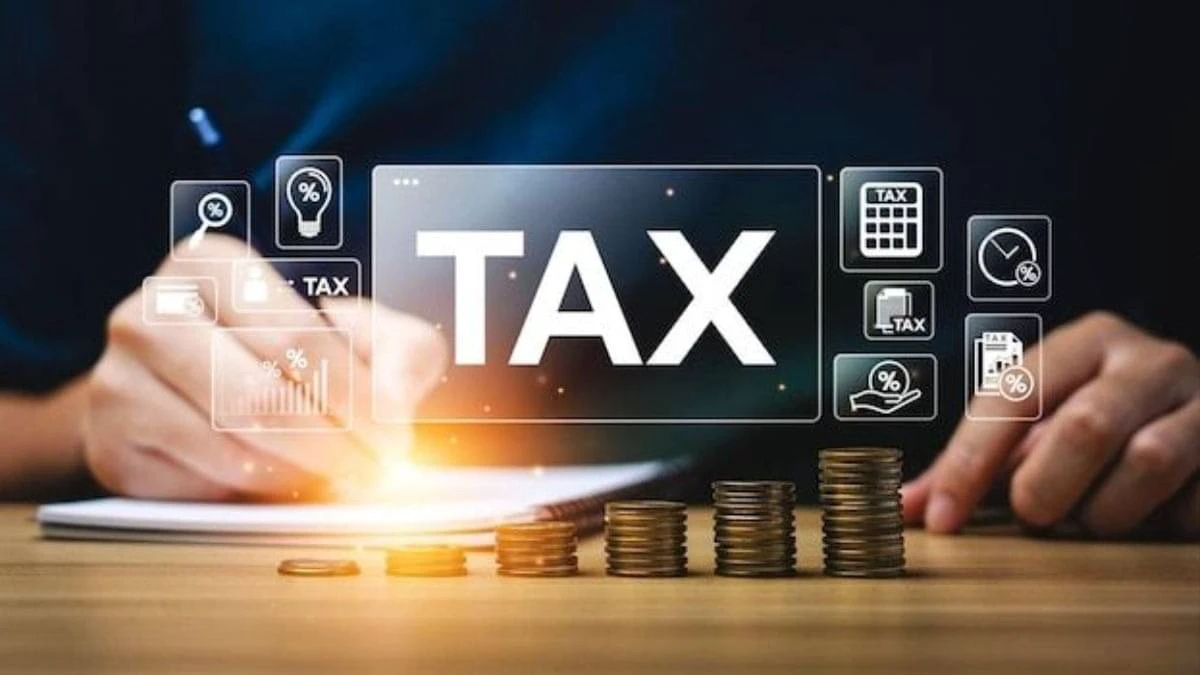Tax filing season is already here but if your employer has still not issued a Form 16, you don’t need to worry as you can still file your income tax returns without it.
What Is Form 16?
Form 16 is a Tax Deducted at Source (TDS) certificate which is issued by an employer to its employees as proof that TDS has been deducted from the employee’s salary.
This is an important form for salaried employees to file their annual ITR because it contains information about the salary structure, deductions, the amount of TDS deducted, etc.
How Can Salaried Employees File ITR Without Form 16?
Salaried taxpayers who haven’t received their Form 16 can follow the following steps to file their IT returns.
Step 1: Determining income from all sources for the financial year and including incomes from sources like salary and pension and putting together the net salary from all the payslips you have received from your employer in the financial year.
In case you have switched one or more jobs in a financial year, you need to include payslips from all employers you have worked for in the year.
Step 2: Taxpayers can use their Form 26AS to determine TDS on their income for the financial year. The Form 26AS can be downloaded from the TRACES website. Taxpayers should also check Form AIS – Annual Information Statement and ensure all the income reflected in AIS is accurate and is reflected in their ITR.
Step 3: Taxpayers need to check for the rent that needs to be paid and therefore save rent receipts, to submit to their payroll department in advance. This is how employees can claim their house rent allowance (HRA). If you haven’t submitted the receipts to your employer, you can always claim it while filing.
If you are unsure how to calculate HRA, use the HRA calculator or contact our Tax Experts to help you out.
Step 4: After determining income from all sources and TDS deducted on income, taxpayers need to also compute total income for the year. This includes rent from house property, capital gain on sale of any capital asset, interest from bank accounts, FDs, etc.
For instance, if the salary credited to your bank account amounts to Rs 9,000 and Form 26AS shows TDS deducted on salary as Rs 1,000, consider Rs 10,000 (9,000 + 10,000) as the total income from salary.
Step 5: There are several payments and investments that can be claimed as deductions from income while paying income tax. One needs to be sure to claim such deductions while computing total taxable income. Taxpayers need to be sure to claim only their own contribution to the PF, and not their employers’ contribution.
To know more about deductions, click here.
Step 6: Once deductions to be claimed are determined, the total taxable income is to be computed. This can be computed by deducting the total deductions to be claimed (as computed in Step 4) from the total income earned in the financial year (as computed in Step 3).
Step 7: Tax liability for the year can be computed by applying the tax slab rates as applicable to the taxpayer.
Step 8: If the TDS which is deducted on income is less than the tax liability as computed in Step 6, the difference amount is the tax to be further paid by the taxpayer.
But if the TDS deducted is higher as compared to the tax liability, excess tax has been paid. The taxpayer can claim for a refund for the excess tax paid while filing IT returns.
Step 9: File IT Return once all the steps above have been completed.
What Are The Documents Needed?
The documents needed to file ITR without Form 16 are salary slips, Form 26AS (Annual Tax Statement), bank statements, investment proofs as well as loan statements.
